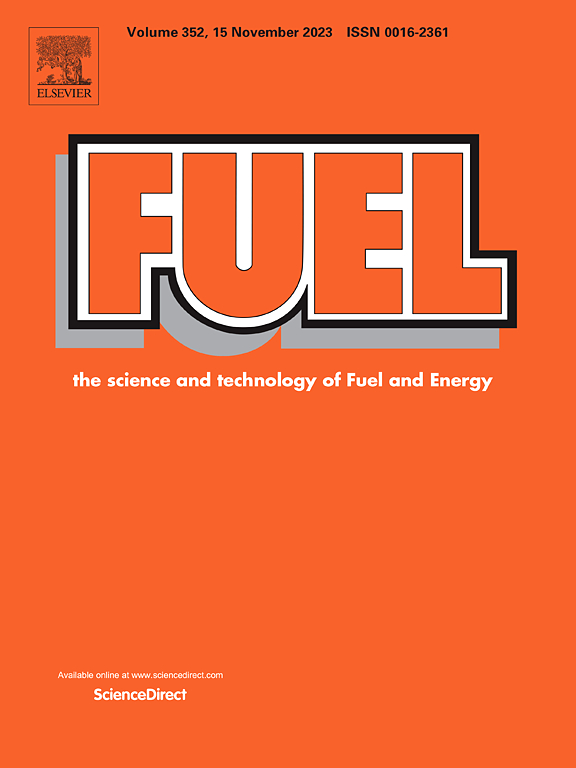Lignin hydrotreatment to aromatics products on metallic phosphides carbon-based catalysts produced from lignin
IF 6.7
1区 工程技术
Q2 ENERGY & FUELS
引用次数: 0
Abstract
The synthesis of active hydrodeoxygenation (HDO) catalytic systems for reductive fractionation of lignin implies the use of complex, expensive and non-renewable materials and methods. In this work, we propose the dual valorization of lignin by the preparation of carbon-based catalysts for the catalytic solvent-free hydrogenolysis of lignin to obtain compounds with high added-value. Highly mesoporous (Vmes > 1.00 cm3/g) and phosphorus-rich activated carbons were prepared by chemical activation of lignin with H3PO4. This simple process allowed the synthesis of carbon supports for the preparation of Ni, NiMo and CoMo catalysts, containing very active metal phosphides (Ni12P5 and MoNiP). These catalysts have presented high activity at 350 °C and 100 bar H2 in the reductive fractionation of Organosolv lignin, achieving yields to lignin-derived monomers higher than 12.50 wt%, using the NiMo catalyst, similar to the ones obtained by a commercial Ru/C catalyst. Within these monomers, the main group was the alkylphenols, presenting a selectivity close to 50 wt%, using the Ni catalyst. The reusability of NiMo catalyst revealed a partial loss of activity due to the formation of pyrolytic carbon on the Ni active sites. Thermogravimetric analyses confirmed that pyrolytic carbon could be partially removed by air treatment at 300 °C. In addition, the NiMo catalyst showed high activity in the hydrogenolysis process of a technical lignin with higher sulfur content, obtaining also high activity.

求助全文
约1分钟内获得全文
求助全文
来源期刊

Fuel
工程技术-工程:化工
CiteScore
12.80
自引率
20.30%
发文量
3506
审稿时长
64 days
期刊介绍:
The exploration of energy sources remains a critical matter of study. For the past nine decades, fuel has consistently held the forefront in primary research efforts within the field of energy science. This area of investigation encompasses a wide range of subjects, with a particular emphasis on emerging concerns like environmental factors and pollution.
 求助内容:
求助内容: 应助结果提醒方式:
应助结果提醒方式:


